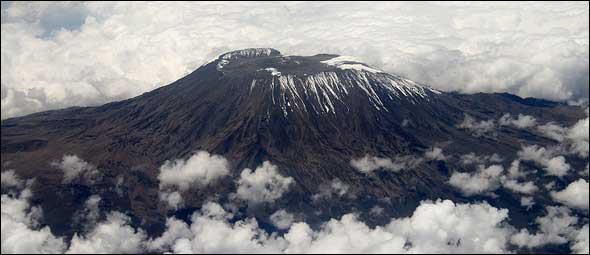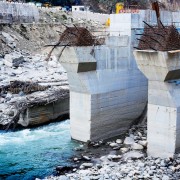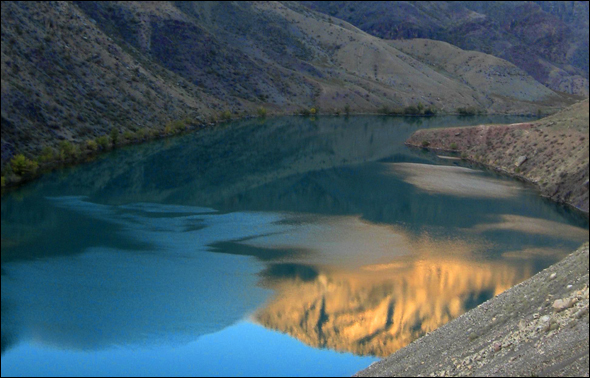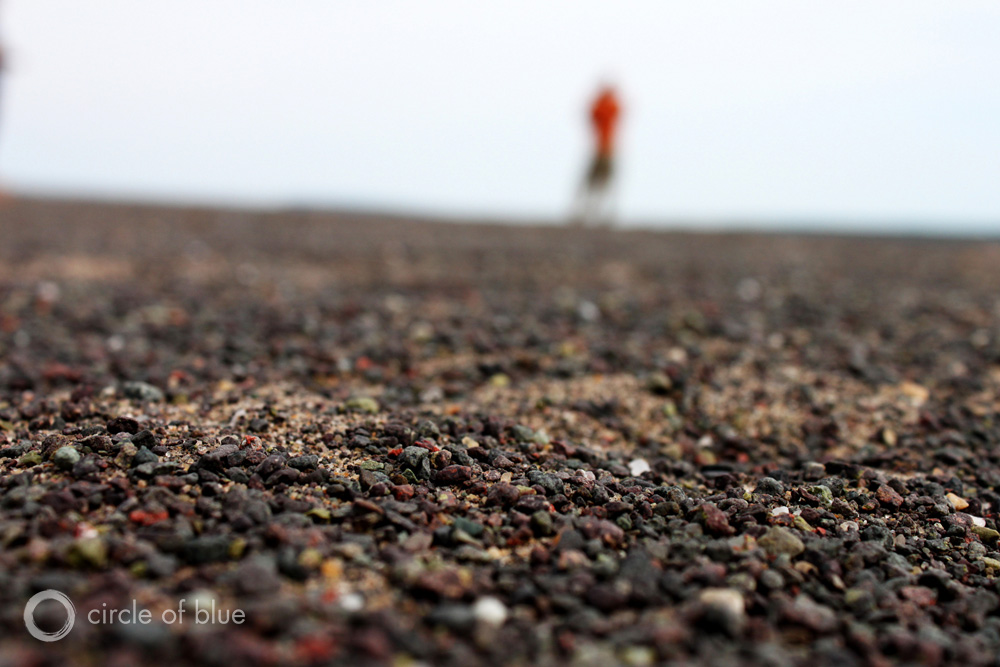Deforestation May Lead to Kilimanjaro Glacial Melt, Study
New study finds link between disappearing trees and receding ice atop Africa’s tallest mountains.
Deforestation, in addition to climate change, could be a leading cause of glacial melt on Mount Kilimanjaro, according to a study from the University of Portsmouth released in September.
Led by Nicholas Pepin, a lecturer in climatology and meteorology at Portsmouth, the study found that the shrinking Furtwängler Glacier—once an enormous icecap that sat atop Kilimanjaro’s summit—is strongly related to tree removal. Between 1912 and 2007 the glacier shrunk by 85 percent; its depletion has been attributed to climate change.
Pepin and a team of scientists took hourly humidity and temperature readings at 10 different elevations on the mountain over a four-year period and discovered that daytime heating generates a flow of warm moist air, up the mountainside.
Trees play an important role in Kilimanjaro’s ecosystem by providing moisture through transpiration. Pepin suggests that extensive regional deforestation in recent decades has reduced the flow of moisture up the mountainside, thus speeding up the disappearance of the ice. Between 2000 and 2006 the 9-meter-thick Furtwängler Glacier lost more than three meters from its surface, according to Lonnie Thompson, a professor of geological sciences at Ohio State University. Meanwhile there has been no new accumulation of ice on any of Kilimanjaro’s glaciers since 2000.
The disappearance of “The Snows of Kilimanjaro” could seriously affect the local tourism industry, as well as local water supplies. People living at the base of Kilimanjaro depend on both glacial melt water, and precipitation in the rain forests to supply water to springs used for both drinking, as well as irrigation. It is unclear, however, if the majority of the water comes from the rainforests or glaciers. The fear being that if glaciers supply the larger portion, the disappearance of the ice fields will mean that the water supply will vanish too.
Source: NewScientist, Ohio State Research News










Leave a Reply
Want to join the discussion?Feel free to contribute!